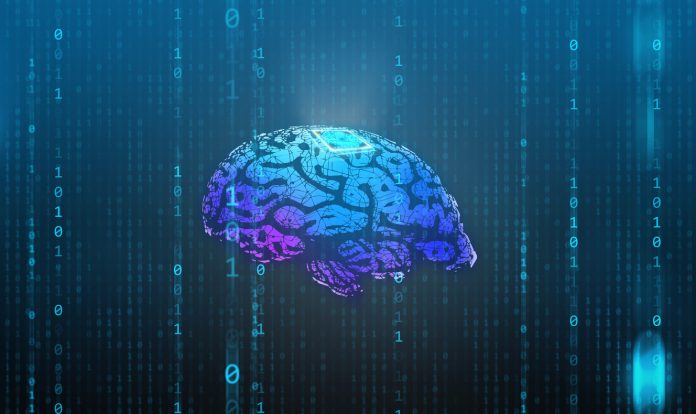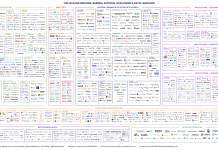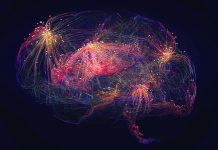Researchers led by Maryam Shanechi at the USC Center for Neurotechnology have revealed an AI algorithm that could change the way we understand our brain activity and its applications in medical technology
Published in Nature Neuroscience, their study introduces DPAD (Dissociative Prioritised Analysis of Dynamics), an algorithm designed to disentangle complex brain patterns associated with specific behaviours.
Improving brain-computer interfaces
This could improve brain-computer interfaces, particularly in restoring the movement of paralysed patients.
The human brain manages multiple behaviours and internal states through intricate electrical activity.
Solving these overlapping patterns has always been a challange for neurosciience and medical technology.
DPAD, however, effectively isolates brain signals linked to a targeted behavior, such as arm movements, from the cacophony of other neural activities.
Insights into the brain’s function and mental health
“A key element in the AI algorithm is to first look for brain patterns that are related to the behavior of interest and learn these patterns with priority during training of a deep neural network,” Sani said. “After doing so, the algorithm can later learn all remaining patterns so that they do not mask or confound the behavior-related patterns.”
Researchers foresee DPAD being adapted to decode mental states, including pain and mood disorders like depression. By accurately tracking these states through neural activity, clinicians could potentially tailor treatments more precisely to individual patient needs.
“We are very excited to develop and demonstrate extensions of our method that can track symptom states in mental health conditions,” Shanechi said. “Doing so could lead to brain-computer interfaces not only for movement disorders and paralysis, but also for mental health conditions.”
DPAD’s uses deep neural networks, which enable it to learn and prioritise behaviour-specific brain patterns during training. This approach ensures that crucial signals are not overshadowed by irrelevant neural noise, thereby enhancing the accuracy and reliability of brain-computer interactions.
Beyond its immediate applications in neurotechnology, DPAD help with new insights into brain function and mental health, promising a future where technology interfaces seamlessly with human cognition and emotion.











